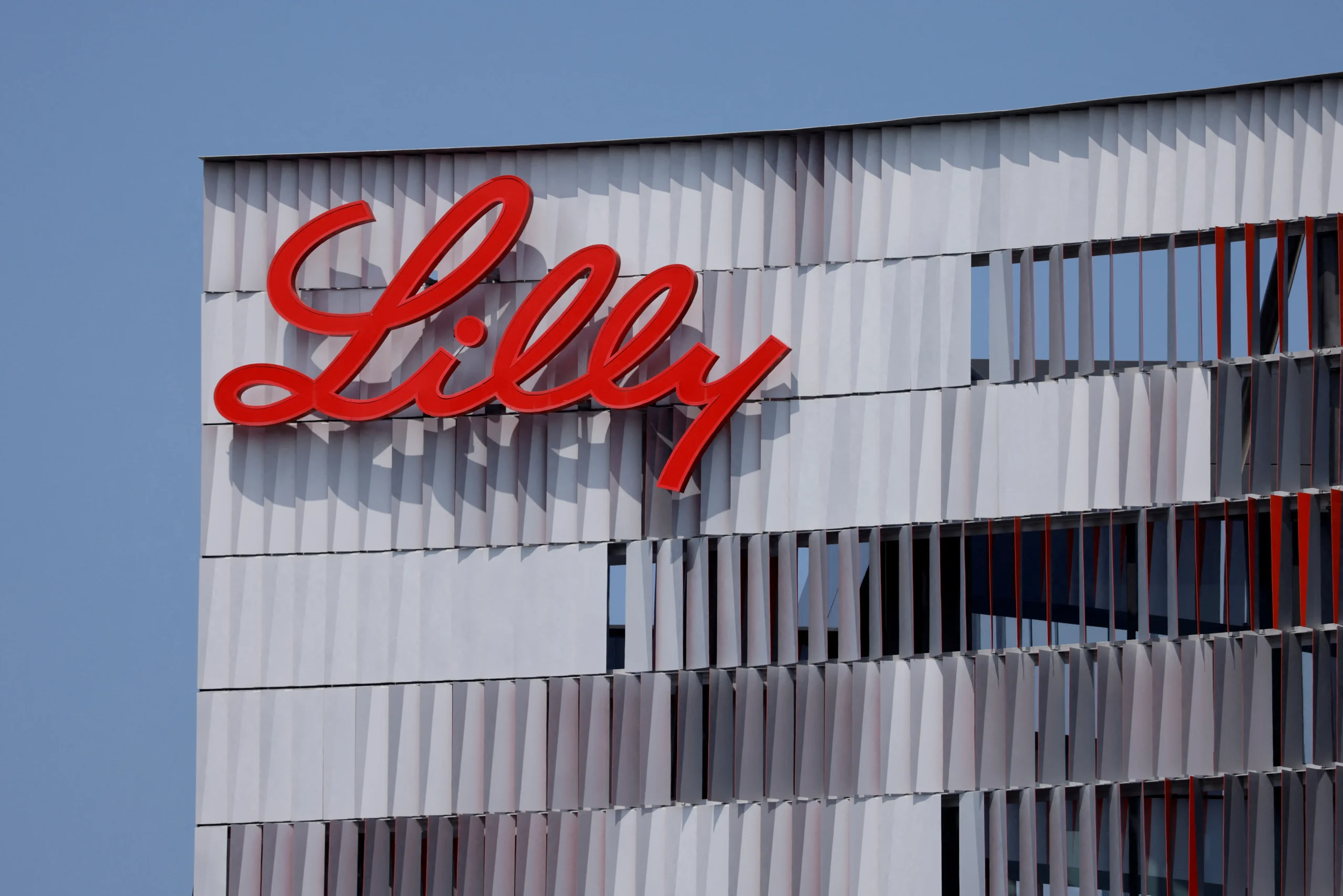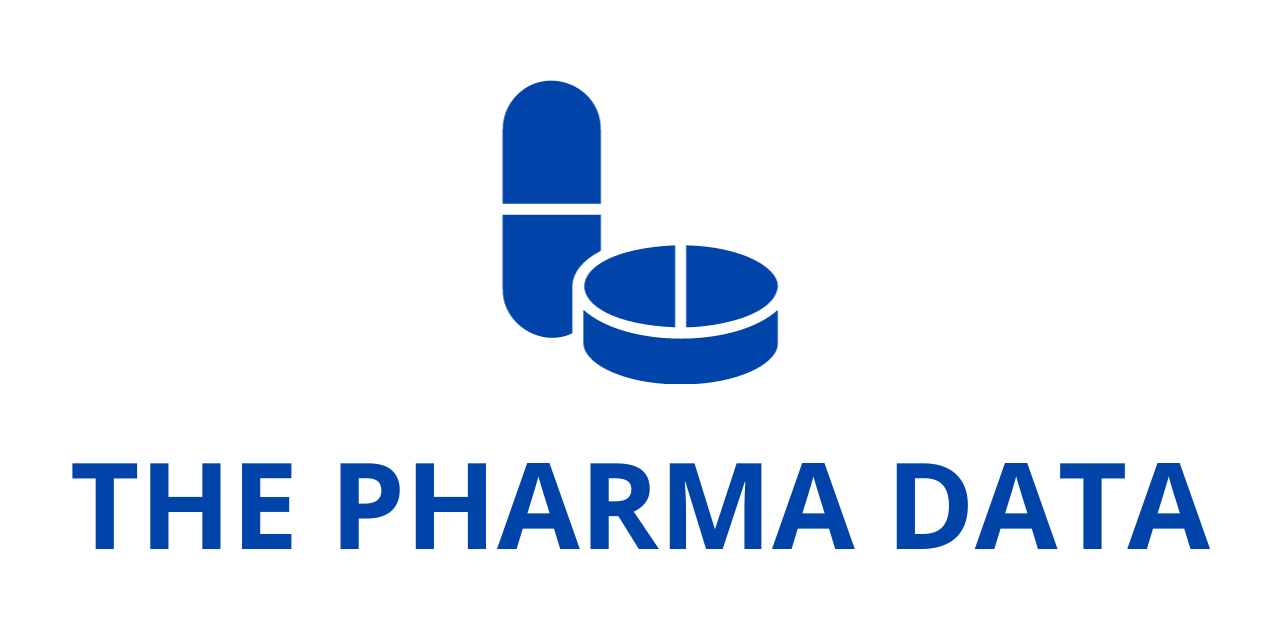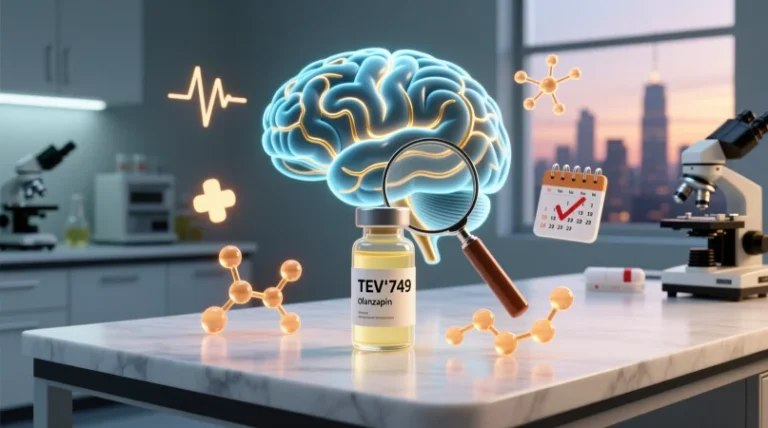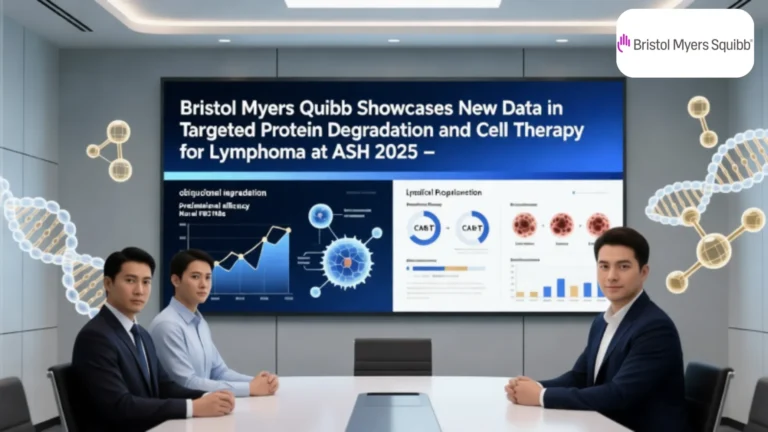
FDA Approves Label Update for Lilly’s Alzheimer’s Drug Kisunla in Bid to Enhance Safety and Broaden Use
The U.S. Food and Drug Administration (FDA) has approved a significant label update for Eli Lilly’s Alzheimer’s drug Kisunla, aimed at addressing persistent safety concerns that have challenged the adoption of this new class of monoclonal antibody therapies. The change introduces a revised dosing schedule that enables clinicians to start patients on lower doses, with a gradual titration to the full therapeutic regimen. This strategy has demonstrated a marked reduction in the risk of serious side effects—particularly amyloid-related imaging abnormalities (ARIA), which have led to several deaths associated with the drug class.
Background: Kisunla and the Promise of Disease Modification
Kisunla (donanemab) is part of a new generation of Alzheimer’s drugs that seek to alter the course of the disease by targeting amyloid beta plaques, a pathological hallmark of Alzheimer’s disease. The drug was approved by the FDA in July 2024 for the treatment of early symptomatic Alzheimer’s, including mild cognitive impairment and mild dementia. It joined Eisai and Biogen’s Leqembi (lecanemab) in a new therapeutic class aimed at modifying the underlying disease rather than merely addressing symptoms.
The original label for Kisunla specified an intravenous titration regimen of 700 mg monthly for the first three doses, followed by 1,400 mg monthly until amyloid plaques were substantially cleared. However, during its regulatory review, the FDA flagged an imbalance in deaths in the clinical trials, raising safety concerns. These were primarily related to ARIA, which can manifest as either ARIA-E (edema or swelling in the brain) or ARIA-H (microhemorrhages or bleeding). While often asymptomatic, ARIA can be fatal in some cases and represents a critical barrier to broader acceptance of amyloid-targeting therapies.
The New Dosing Strategy: A Step Toward Safer Treatment
To address these concerns, Lilly initiated additional research post-approval, particularly through its TRAILBLAZER-ALZ 6 study. The study tested a more conservative titration schedule: starting patients at 350 mg for the first dose, increasing to 700 mg for the second, and 1,050 mg for the third, before eventually moving to the standard 1,400 mg maintenance dose.
The results, released in October 2024, were encouraging. The new titration regimen led to a 41% reduction in ARIA-E incidence at 24 weeks, and a 35% reduction at 52 weeks, compared to the original schedule. Importantly, efficacy remained unchanged. Kisunla continued to demonstrate strong amyloid plaque clearance, which has been correlated with slower cognitive decline in early-stage Alzheimer’s patients.
This evidence convinced the FDA to approve a label update that incorporates the new titration approach. The updated label now gives clinicians more flexibility in initiating therapy and is designed to help mitigate ARIA risk—particularly in the crucial early months of treatment when patients are most vulnerable.
Brandy Matthews, Vice President of Global & U.S. Medical Affairs for Alzheimer’s disease at Lilly, stated that the label change is intended to “aid healthcare professionals in evaluating appropriate treatment options for their patients.” She emphasized the company’s commitment to safety and personalized care in navigating the challenges of Alzheimer’s treatment.
Comparing Kisunla and Leqembi: Competitive Landscape
The label update also represents a strategic move in Lilly’s ongoing competition with Biogen and Eisai. Leqembi, approved in January 2023, was the first disease-modifying treatment for Alzheimer’s and has maintained a modest lead in the marketplace. However, both Leqembi and Kisunla have been hampered by low uptake, driven largely by safety concerns, logistical hurdles, and infrastructure limitations.
Both drugs carry a boxed warning for ARIA-E, and the presence of side effects that can lead to hospitalization—or in rare cases, death—has led some physicians and patients to approach them with caution. The new titration option for Kisunla could give Lilly a competitive edge by offering a potentially safer initiation path, especially for older patients or those with existing vascular risks.
Additionally, while Leqembi follows a continuous treatment model, Kisunla is designed for finite dosing—treatment is discontinued once amyloid plaques are cleared to minimal levels. This approach could be more attractive to patients and healthcare systems alike, as it reduces treatment duration and associated costs.
Market Challenges: Infrastructure, Testing, and Awareness
Despite being hailed as breakthroughs in a field that has long lacked effective treatments, neither Kisunla nor Leqembi has seen widespread commercial success so far. According to estimates from investment bank Jefferies, Leqembi recorded $22.8 million in sales in May 2025, while Kisunla generated just $11 million during the same period.
Both Lilly and Biogen have acknowledged that uptake has been constrained by systemic barriers. One key issue is the limited availability of diagnostic infrastructure. In order to prescribe these drugs, clinicians need to confirm the presence of amyloid pathology—typically via PET imaging or CSF biomarker testing. These tools are not widely accessible in many parts of the U.S. or globally, especially outside of academic medical centers.
Additionally, the need for regular MRI scans to monitor for ARIA and the intravenous method of administration have posed logistical challenges for both providers and patients. The situation has led to calls for broader investments in Alzheimer’s care infrastructure, including imaging capabilities, infusion centers, and specialized clinics.
Impact on the Alzheimer’s Drug Development Ecosystem
While the initial commercial performance has been underwhelming, the approval of Kisunla and Leqembi has nevertheless invigorated investment in Alzheimer’s research and development. According to a recent report by GlobalData, deal value for Alzheimer’s-focused companies surged by 780%, rising from $2 billion in 2022 to $18 billion in 2024. The momentum reflects renewed optimism in the field after decades of failed trials and limited therapeutic progress.
Dozens of biotech and pharmaceutical companies are now working on next-generation therapies, including tau-targeting drugs, combination therapies, and blood-based diagnostics that could dramatically simplify early detection. The hope is that early intervention with safer and more convenient options could one day become the standard of care.




